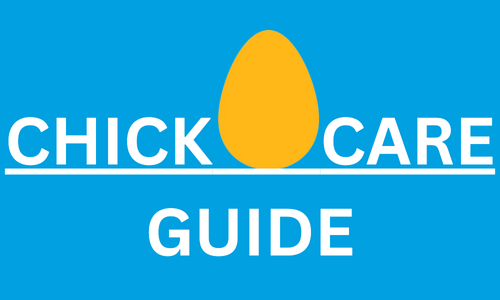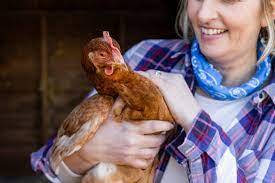Silkie chicken is one of the most interesting and unique varieties of chicken. With their soft feathers, calm nature, and unique black skin, these little chickens have won the hearts of chicken lovers everywhere. Whether you love them for their cute looks or their interesting history, Silkies are friendly and beautiful chickens that stand out in any group.
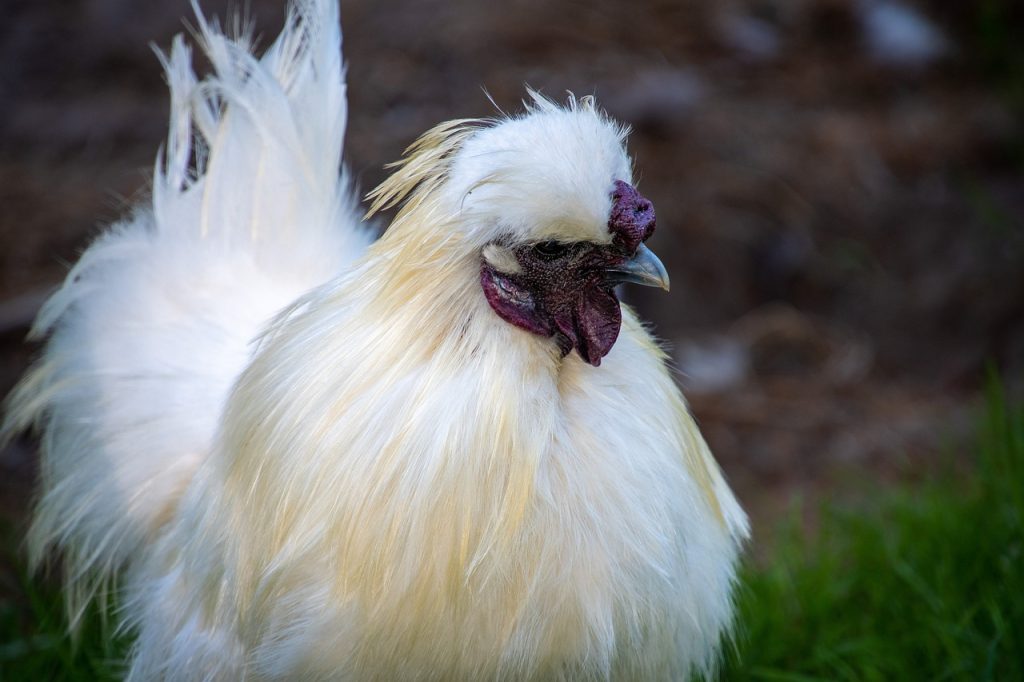
History
Silky chickens are known to have their origin in China and are reported to have been bred as early as the 1300s. Marco Polo mentions them from their journey in Asia as ‘the lovely chicken.’ Chicken had a significant role to play in Chinese civilization and its food system. In traditional cultures, the consumption of their black flesh was presumed to have medical benefits.
When it arrived in Europe for trade in the 18th century, silk was known for giving an entirely different look. They were known as the American Poultry Association in 1874; hence, they could not have been introduced to North America earlier than the 19th century. Today silks are enjoyed as pets and ornamental birds everywhere of the globe. They are also of great cultural importance.
What is a Silkie Chicken?
A unique type of chicken called a silky chicken gets its name from its soft, fluffy feathers that look like silk or satin. Because of how they look and how friendly they are, they are a popular choice for both backyard farmers and pet lovers.
Lifeplan of silkie chicken
Silkies typically live 7-9 years with good care, but some can live longer. Their lifespan depends on their diet, environment, and protection from predators. Regular health check-ups, a clean house, and a good diet help them live a long and healthy life.
The Unique Appearance
Feathery Features
Silkies don’t have barbicels in their feathers like most chickens do. Barbicels are small spines that keep feathers smooth and strong. It makes them look like they have fur on them, which makes them look more like a plush toy than a real chicken.
Colour Varieties
Silkie chickens come in different colours, such as black, white, blue, buff, and partridge. These different colours make them look better, and many fans keep groups with a lot of different colours.
Size and Structure
Silkies are also known as bantam breed, meaning they are smaller than standard chickens. They look cute and soft because their bodies are small, their legs are short, and their shapes are broad and round. Silkies also have five toes on each foot, rather than the usual four.
Weight
Silkie chickens are small, bantam-sized birds. On average, males (roosters) weigh around 2 to 3 pounds (0.9 to 1.4 kg), while females (hens) weigh slightly less, typically between 1.5 to 2 pounds (0.7 to 0.9 kg).
Temperament and Behavior
Friendly Nature
People often say that the Silky is one of the friendliest chicken breeds. They love to be around people and are easy to handle. This makes them a great choice for those who want a gentle pet that doesn’t require a lot of maintenance.
Social Interactions
Silkies are friendly birds that do best when in a group. They get along well with other chickens and are often seen flocking or brushing each other. Because they are friendly, they are also less likely to be mean to other dogs, which can be a problem for some breeds.
Ideal Pets
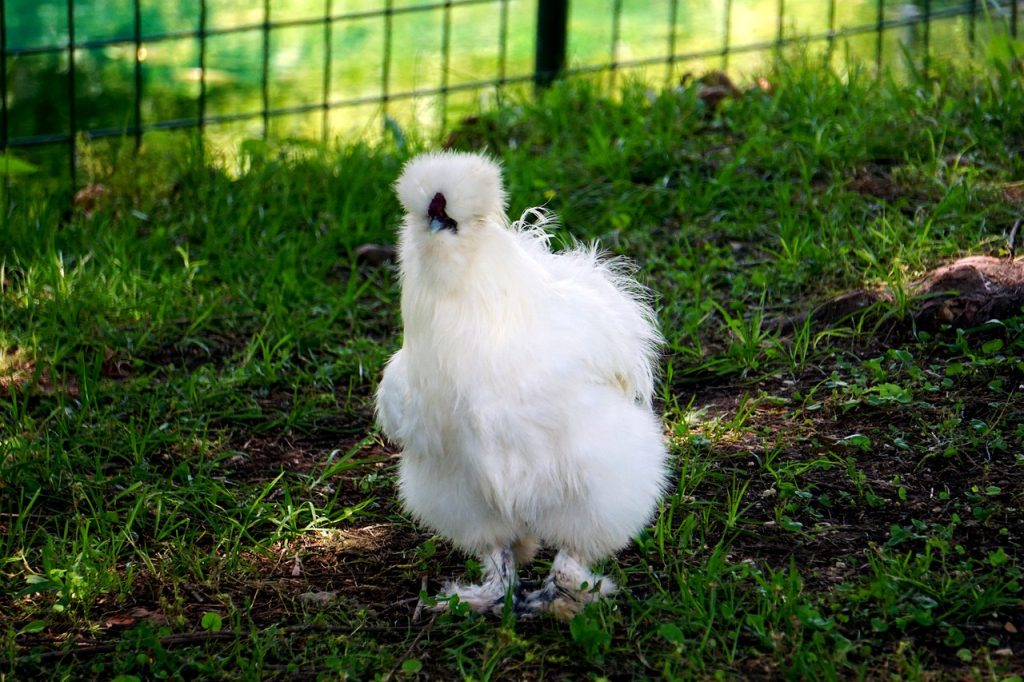
Children and Silkies
Silky chickens are great pets for families with kids. Young children love these calm birds because of their soft feathers and calm behavior. They enjoy holding and touching these birds.
Silkie Chickens in Backyard Farms
A great way to add some personality to your backyard farm is to get silky chickens. They do not require much space and are easy to care for. They can also help keep your garden pest-free by eating animals and plants.
Egg Production
Egg-Laying Frequency
Silkies are not good for laying eggs. They are laying quite a number of eggs every year. Silky hens lay 100-120 eggs per year, which is less than some other breeds but still enough for a small family.
Characteristics of Silkie Eggs
Silky eggs are small and their eggs are creamy in color. Although they don’t lay the most eggs, their eggs are known to be rich and tasty, so those who like fresh eggs in their flock will enjoy them.
Reproductive Traits
Broodiness
One of the great things about smooth chickens is how cute they are. They are known to be great mothers, and they often become “broody,” meaning they want to sit and hatch eggs. If you want to raise chickens organically because of this, they are great.
Breeding Process
When you raise silk chickens, it is important to make sure that both the rooster and the hen are healthy and of good quality. Silky eggs need to be incubated for about 21 days before they hatch, and hens are usually more than happy to hatch and care for them.

Fun Facts About Silkie Chicken
- Fluffy Feathers: Silky chickens look and feel different from any other type of chicken because their feathers feel more like fur.
- Black Skin and Bones: Not like most hens, Silkies have black skin and bones and bluish-grey flesh; this gives them a unique look and is favored by traditional Chinese food.
- Five Toes: Most chickens have four toes, but the Silkie has an extra one. Each foot has five toes, making the Silky Chicken unique.
- Excellent Brooders: Silkies are known to be very broody and good mothers. They often raise their chicks and other chickens as well.
- Friendly and Docile: Silkies are very friendly, making them ideal pets, especially for families with children.
Uses
They look very unique and nice, and silk chickens are mostly kept as decoration. People also like to keep them as pets, especially in family and backyard groups. In addition, silkies are excellent egg-layers and are often used to extract eggs from other types of chickens. Black flesh is believed to have healing properties in traditional Chinese medicine and is used in many dishes.
Caring for Silkie Chickens
They are soft and have unique feathers. Silkies require extra care. Because their feathers are fluffy and not waterproof, they need to be kept dry in the rain and cold. To keep your feathers clean and free of insects, they need to be groomed often. Silkies should be kept in a secure, predator-proof coop with soft bedding because they are more prone to injury. They should eat high-quality chicken feed and fresh vegetables at once. Although they require extra care, silks are hardy birds that do well with love and attention.
Pros and Cons of a Silkie Chicken
Pros of Owning Silkie Chickens
Friendly and Docile Nature
People like silky chickens because they are friendly. They are gentle and love being held and cuddled, so chicken lovers of all ages can enjoy having them as pets.
Great for Families with Children
The Silky chicken is a good choice for families with young children because they are gentle. They don’t tend to scratch or act mean, so kids can have them as pets and feel safe around them.
Unique and Attractive Appearance
The sharp, soft feathers and unique color of silky hens make them stand out in any group. People often say they look cute and friendly, which is why many people keep them as pets just for looks.
Good Brooders
The fact that Silky chickens naturally like kids is one of their most interesting traits. They are known to be great moms who can carefully hatch eggs and raise chicks.
Excellent at Hatching Eggs
Silkies can hatch their eggs well, but they are also happy to hatch eggs from other species. They are useful in mixed groups because they can help raise and care for chicks from breeds that are less likely to have kids.
Low Maintenance Requirements
Even though they look strange, Silky chickens aren’t too hard to take care of. Because they don’t need a lot of room, they can live in backyard herds. Their food needs are simple, and with simple care, they usually do well.
Suitable for Small Spaces
Because Silkies are small, they don’t need as much room as bigger breeds. This makes them perfect for people who don’t have a lot of yard room or who live in cities where backyards are small.
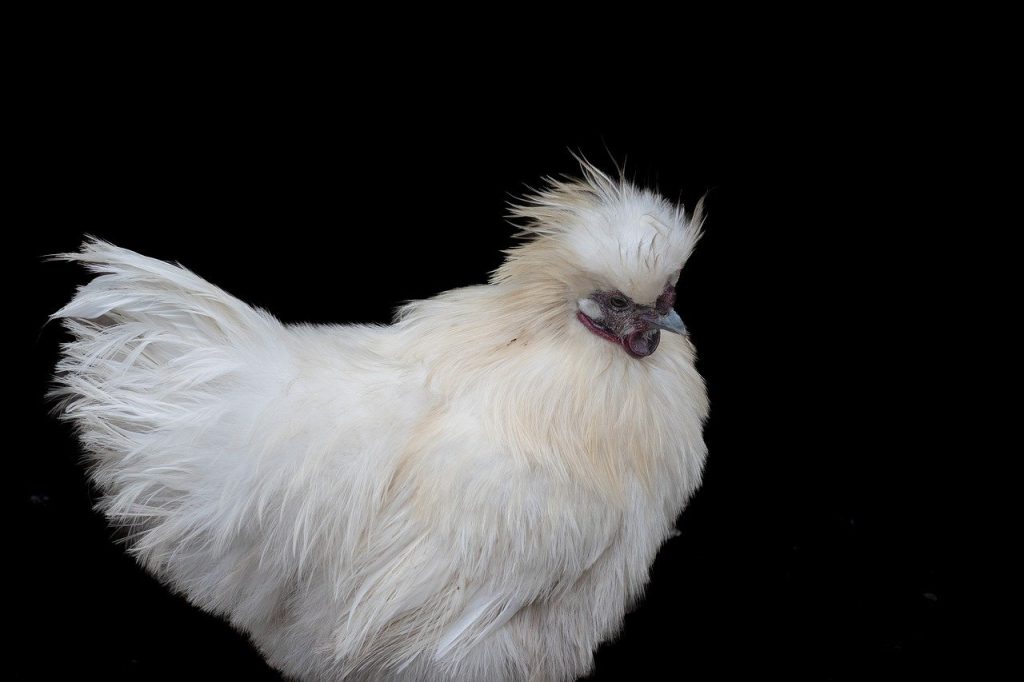
Cons of Owning Silkie Chickens
High Maintenance of Feathers
It is to be noted that the pretty and soft coat of silk chickens is very much prone to being messy. Their body can develop ruffled, dirty, entangled, or parasitic-infested wings or bodies when not groomed.
Lower Egg Production
With the silkie hens, it is good to note that they are bad at laying eggs but good at rearing chicks. Silkie hen is also known to lay between 100 and 120 eggs a year, which is a far cry from what other types produce.
Cold Wet Climate and Weather Hazards
Silkies do not seem to have the same problems as other dogs, especially in cold and wet weather. In addition to being soft to the touch and attractive, it has soft fur that doesn’t repel water like chicken fur; hence, I have seen them freezing when it rains.
Special Care During Winter
That means that you have to be much more thorough when it comes to caring for your Silkies during the winter. As part of this, it may involve providing them with additional blankets to keep them warm, ensuring that they do not get wet, and providing an additional layer of warmth when it is very cold.
Limited Meat Production
The silky chicken is small; not only is it not reared for meat, but it is also not commonly used for egg production. While they can be consumed, their size, together with the fact that their skin and bones are black, makes them not as suitable for meat production as is the case with other breeds.
Why aren’t my Silkies laying eggs?
Silkies may not lay eggs if they are stressed, not getting enough food, or there isn’t enough light. Egg output can also be affected by the time of year, age, or molting. Make sure they have a quiet place to live, enough food, and enough light to lay their eggs.
How much does a silkie cost?
A silkie chicken costs around $10 to $25, but this depends on how old it is, how good it is, and where it is bought. Rare colors or silkies that are good for shows can cost more, up to $100 or more.
Why are Silkies so expensive?
Silkies are pricey because they have a unique look, are nice, and are very popular as pets. Their fluffy feathers and the fact that they are hard to find in some places make them very valuable, especially for show quality or rare color types.
What do silkie chickens eat?
Silky chickens are fed high-quality poultry feed that gives them all the nutrients they need. They also like bugs, grains, seeds, fruits, and veggies. Giving them calcium-rich foods, like crushed oyster shells, keeps them healthy and helps their eggshells stay strong.
Final Words
Silkies are a unique breed known for their beautiful appearance, friendly personality, and long cultural past. People all over the world love silks as pets, show birds, or for their breeding potential. They add charm and joy to any group, which is why they are so popular with chicken lovers.
FAQs
Are Silkie chickens good egg layers?
Silkies are not known for their egg-laying abilities, but they do produce around 100-120 eggs annually, making them a decent option for small-scale egg production.
How long do Silkie chickens live?
With proper care, Silkie chickens can live for about 7-9 years, though some may live even longer.
Can Silkie chickens handle cold weather?
Silkie chickens can handle cold weather to an extent, but they do need protection from extreme cold and wet conditions due to their fluffy feathers, which are not as insulating as other types.
Do Silkie chickens require special care?
Silkies do require some additional care compared to other breeds, particularly in grooming and health checks, due to their unique feathers and small size.
How much space do Silkie chickens need?
Silkie chickens need at least 4 square feet of space inside the coop and 8 square feet in the run. They also benefit from having access to a safe, enclosed outdoor area where they can forage and explore.
